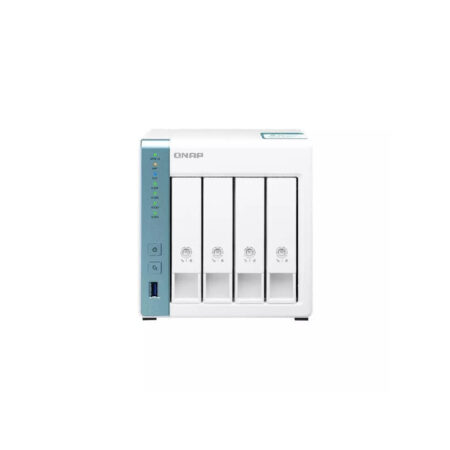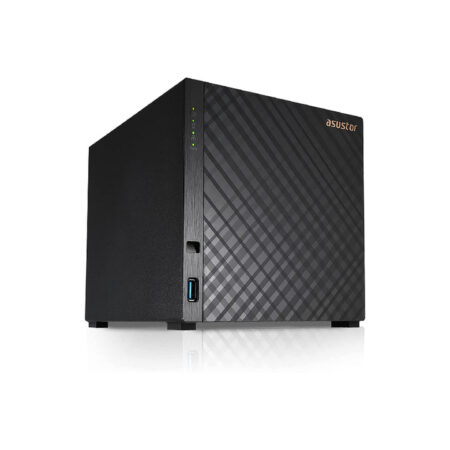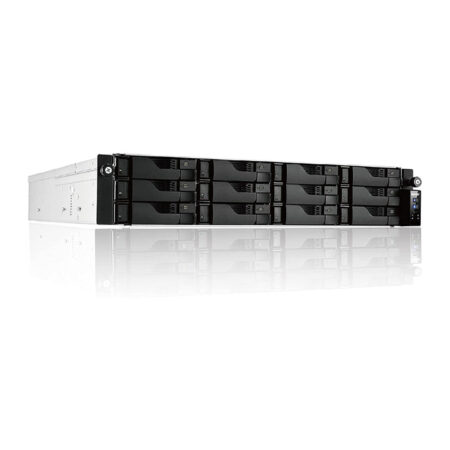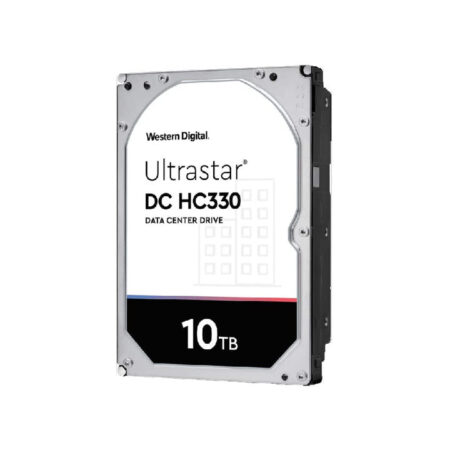Mid-capacity Drives
The Ultrastar DC HC300-series provides low to mid-capacity drives that are economical to acquire, yet deliver quick and reliable data access for traditional data center applications.
Economical Capacities and Fast Data Access Key Requirements for HDDs in the Data Center
IT managers need to offer storage tiers as they deploy purpose-built solutions to meet their on-prem, off-prem & cloud storage requirements. While helium filled drives enable the highest capacities, air-filled drives offer important benefits. With a lower TCA (total cost of acquisition), legacy options, and higher access density (IOPs/TB), they are the perfect choice for maintaining a desired level of performance while allowing customers to tailor budgets to meet their needs. The Ultrastar® DC HC300-series help to address data center requirements by providing capacities from 4TB to 10TB1 while increasing performance over prior generations. They are designed for a variety of applications including traditional storage arrays, rack-mounted storage enclosures and server-based distributed storage systems, as well as distributed and scalable computing, including block and file storage architectures. They are offered at 7,200 RPM with either 6Gb/s SATA or 12Gb/s SAS interface in Advanced Format 4Kn and512e format4. A 512n option is also available on 4TB models to support legacy systems with native 512-byte block sizes.
Technology Innovation Delivers Efficiency and Performance for Traditional and Legacy Systems
Ultrastar DC HC300-series are based on a proven and cost-efficient air-based HDD platform design, with Conventional Magnetic Recording (CMR) technology in a 3.5-inch large form factor. These HDDs leverage common hardware and firmware while featuring a second-generation, dual-stage microactuator to enhance head positioning accuracy for better drive performance. Write performance gains are also supported by Western Digital’s media cache architecture, a disk-based caching technology that provides a large cache area on the disk, improving reliability and data integrity. Finally, the addition of a flash-based non-volatile cache (NVC) on both SATA and SAS models helps improve write performanc












